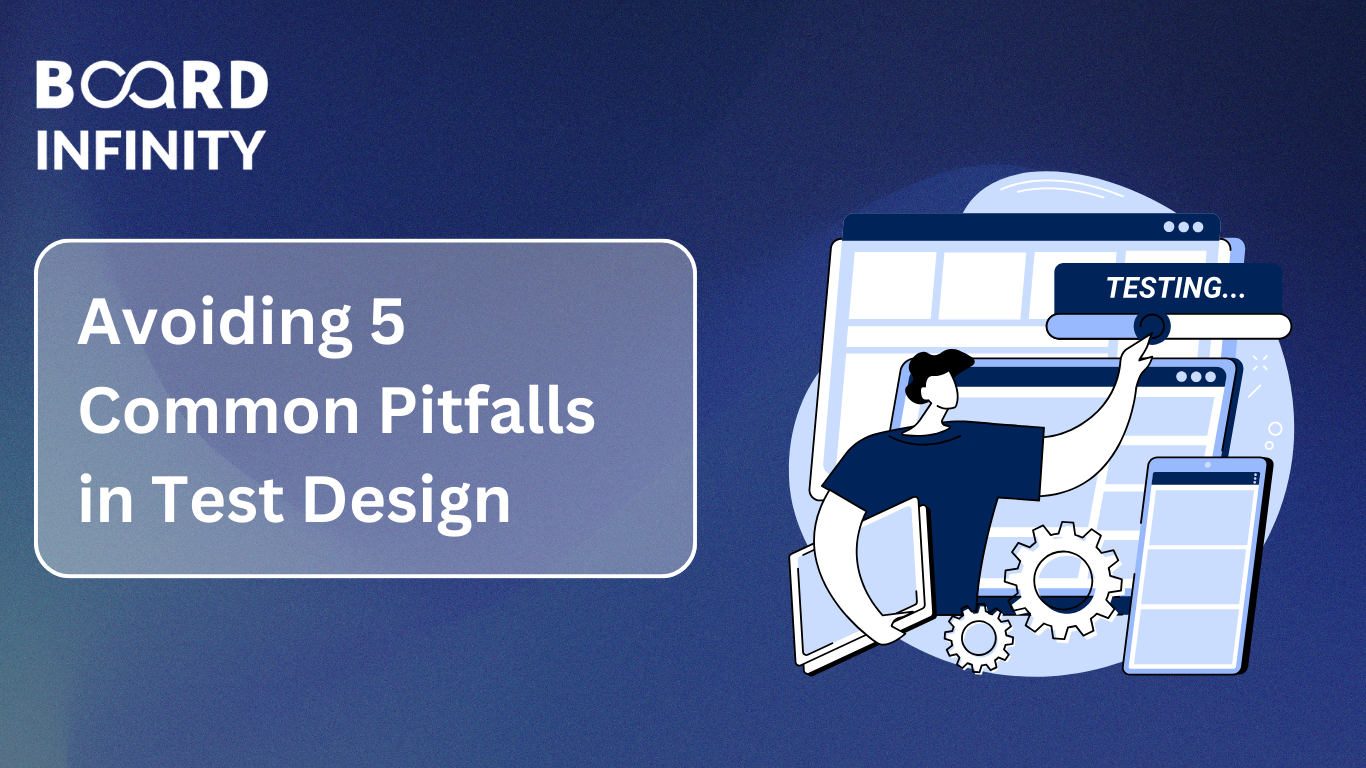
In the realm of education, tests serve as both a measure of comprehension and a template for learning. A well-designed test does more than evaluate; it provides a structured overview, guiding students through key topics, reinforcing critical concepts, and offering feedback on areas of strength and growth.
When educators lean on a solid test template, it provides a structured foundation. Still, even within this structure, several challenges can arise. Here, we delve into the intricacies of test creation, highlighting common pitfalls and offering actionable strategies for crafting tests that genuinely encapsulate student progress.
1. The Ambiguity Pitfall
Vague and unclear questions are often the root cause of student errors. Instead of reflecting a lack of knowledge, these errors merely signify confusion. Ambiguity can arise from complex vocabulary, double negatives, or overly lengthy phrasing.
For instance, consider the question, "Which of the following is not incorrect?" This double negative can cause unnecessary confusion. Such questions may trip students up, making them spend disproportionate amounts of time deciphering the question rather than showcasing their understanding.
Strive for Simplicity
Questions should be direct, using clear and concise language. Once a draft of the test is ready, review each question for potential ambiguities. Better yet, have a colleague or peer review the test, as fresh eyes often catch overlooked ambiguities. Lastly, consider piloting the test with a small group of students, and gathering their feedback on any confusing questions.
2. The Multiple-Choice Overreliance
Multiple-choice questions are a staple in many tests due to their ease of grading. However, an over-reliance on this format can fail to capture a student's depth of understanding. While multiple-choice questions assess a student's recall ability efficiently, they might not adequately gauge comprehension or analytical skills.
Diversify the Types of Questions
Incorporate short answer, essay, and problem-solving questions. Not only does this provide students with the opportunity to showcase a broader range of skills, but it also reduces the chance that students will guess correctly, providing a more accurate measure of their knowledge.
3. Alignment Issues: When Tests and Teaching Diverge
Sometimes, there's a disconnect between what's taught and what's tested. It's frustrating for students to be evaluated on topics they haven't been adequately prepared for, leading to potentially skewed results and decreased student morale.
Regularly Review your Curriculum and Lesson Plans
Review your lesson plans and material often to make sure that the focus, depth, and breadth match what is on the test. A great way to do this is to use a method called "backward design." This means that you start with the results you want on the test and then make lesson plans that will help you reach those results.
4. Bias and Fairness: The Hidden Challenge
Unintentional biases in questions can inadvertently favor one group of students over others. Biases might arise from cultural references, specific scenarios, or even the phrasing of questions.
Consider a question referencing a popular Western holiday as an analogy for a concept. Students unfamiliar with this holiday, due to their cultural background, are at an immediate disadvantage. They’re grappling not just with the intended question but also with the unfamiliar reference.
Diversity and Inclusivity Should be Central
Avoid cultural references or idioms that aren't universally understood. Solicit feedback from a diverse group of colleagues or even students, and be open to revising questions that may unintentionally exclude or disadvantage certain groups.
5. Complexity Overkill
While it's essential to challenge students, overly intricate questions can become counterproductive, leading to confusion rather than a genuine assessment of understanding.
A question that interweaves multiple concepts might seem like a good idea initially, as it appears to test students' comprehensive understanding. However, it might actually muddy the waters. If a student gets the answer wrong, is it because they didn’t understand one concept or both, or was it the intertwining that tripped them up?
Break Down Multifaceted Questions
If testing multiple concepts in one question is necessary, provide clear instructions or delineation between the concepts. This way, students can tackle each part systematically, and educators gain clearer insights into where a student might be struggling.
Bottom Line
The path to a well-designed test requires diligence, reflection, and a commitment to fairness and inclusivity. A test is not just a measure of what students know, but also a reflection of how effectively they've been taught. By sidestepping these common pitfalls, educators can ensure that their assessments are both meaningful and representative of genuine student achievement.
